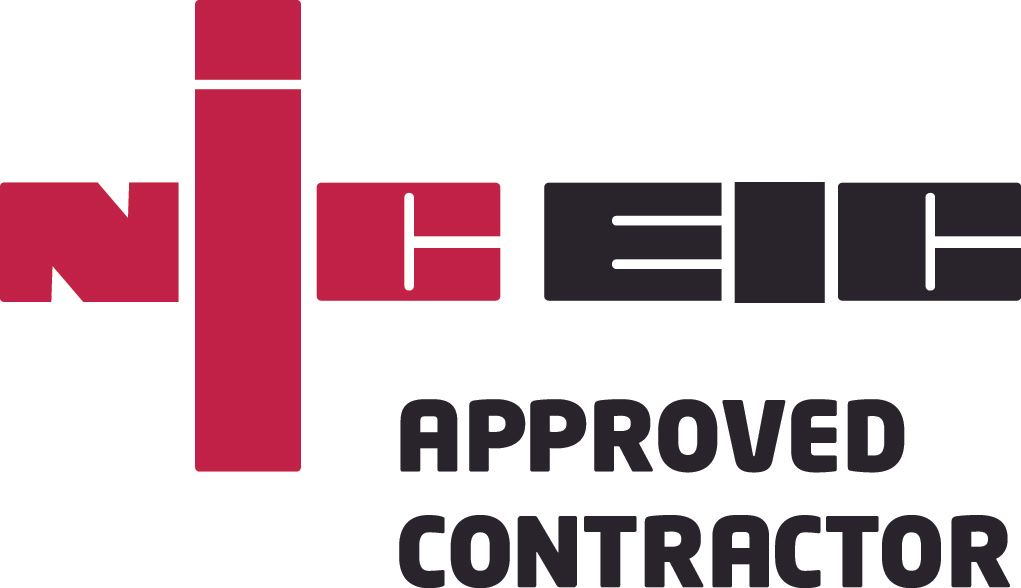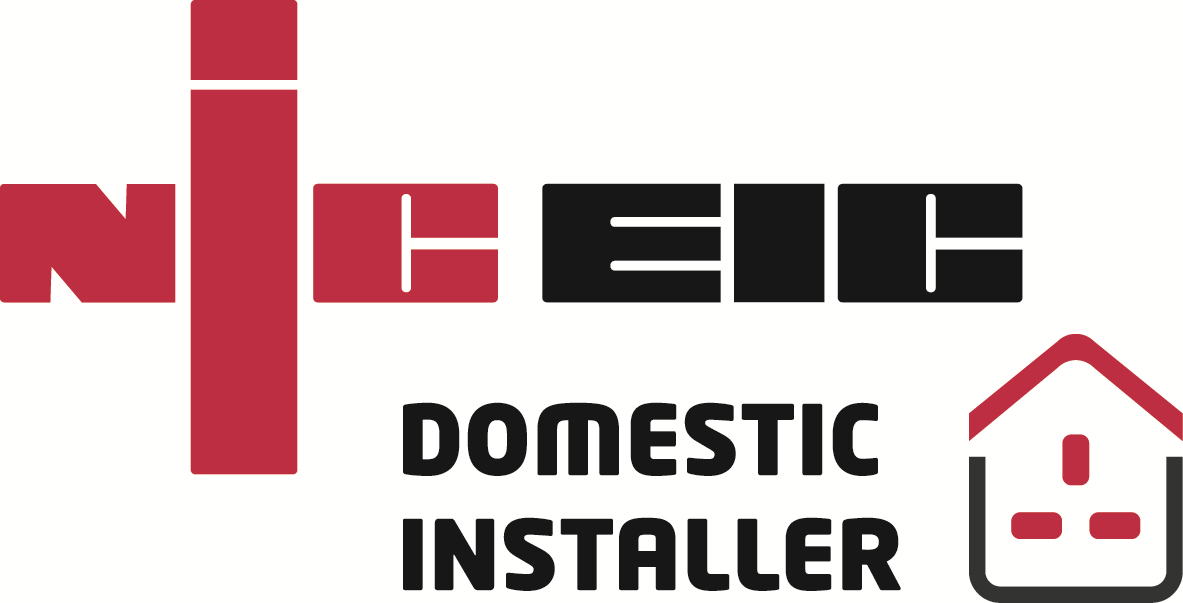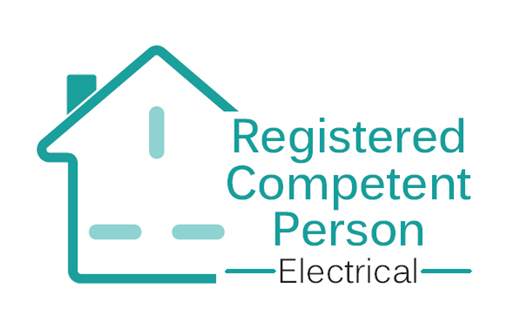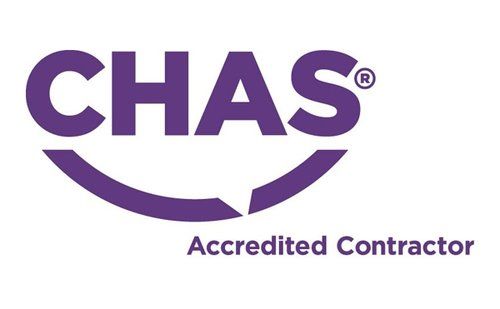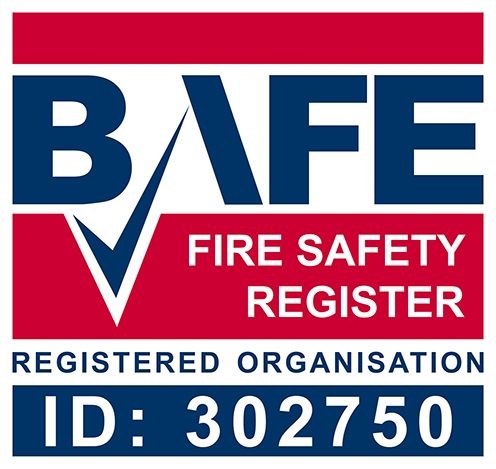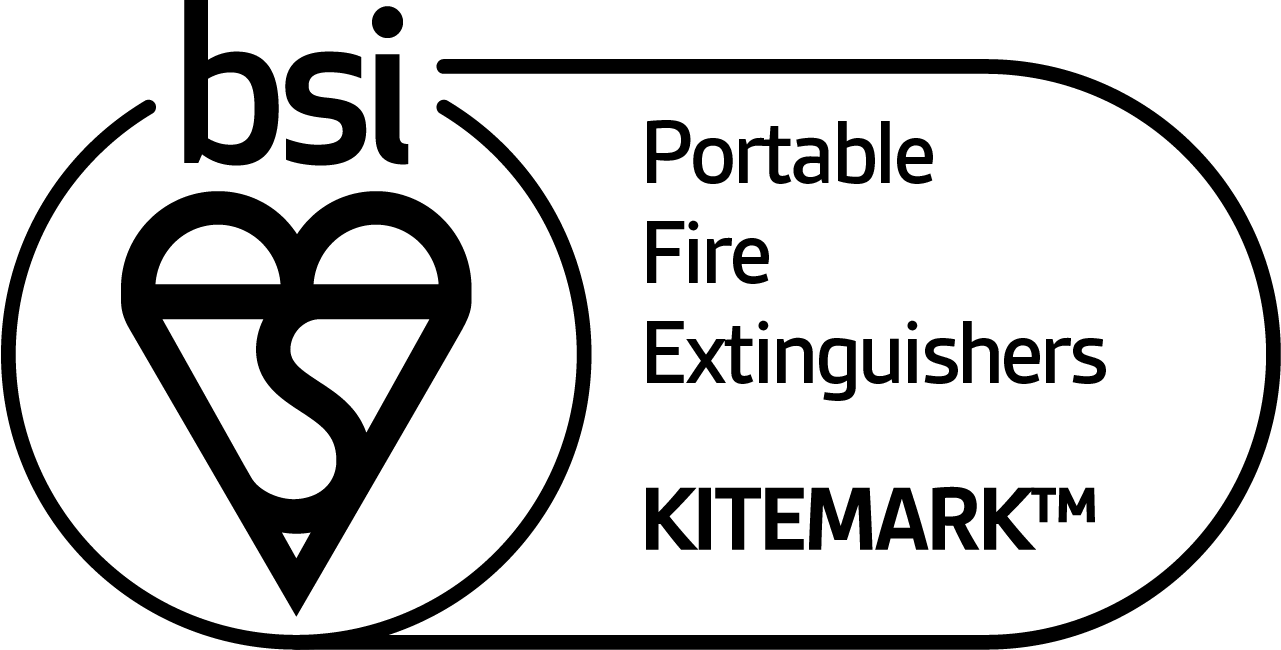Staying Safe in a Rental Property

Faulty electrics and electrical equipment is the cause of around 70 deaths and 350,000 injuries in UK homes every year, with almost half of all domestic fires being caused by electricity! And if you live in a privately rented property, statistics show that you are at a higher risk or electric shock.
So who has responsibility for electrical safety in rented properties?
As a tenant, you should feel obliged to ensure and maintain the safety of any electrical items you bring into the property. However, landlords have a legal duty to ensure that their rental property, and any electrical equipment provided, is safe before a tenancy begins and throughout its duration.
They must ensure the electrical system (sockets, switches and light fittings) is safe and all appliances they supply are safe (e.g. cookers and kettles). Landlords should provide tenants with a record of any electrical inspections. Landlords are also responsible for communal areas of a house, block of flats, or estate that residents use in common with other tenants such as landings and kitchens.
Landlords must also ensure that a smoke alarm is fitted on every floor of the property on which there is a room used wholly or partly as living accommodation and a carbon monoxide alarm in any room where a solid fuel is burnt (e.g. wood, coal or biomass). Checks must be made by the landlord (or letting agent) to make sure that each alarm is in proper working order on the first day of the tenancy.
How frequently should an electrical installation be inspected?
For rented accommodation, the maximum period recommended between the initial inspection (when the installation was first put into service) and the first periodic inspection and test is five years.
Periods between subsequent inspections will depend on the condition of the installation at the time of the preceding inspection, but it is recommended that periodic inspection and testing is carried out at least every five years or at the end of a tenancy, whichever comes first.
Where a change of tenancy occurs after a short period (for example less than six months) a full periodic inspection and test may not always be needed. In such cases, the landlord or their representative should always carry out a visual check to confirm that the property is safe to re-let.
The Management of Houses in Multiple Occupation (England) Regulations 2006 and the Management of Houses in Multiple Occupation (Wales) Regulations 2006 require that every electrical installation in an HMO is inspected and tested at least every five years by a suitably qualified person, who should provide a certificate giving the results of the inspection.
Have concerns as a tenant?
Ask your landlord for a copy of the last Electrical Installation Condition Report (previously referred to as a Periodic Inspection Report or PIR) and certification confirming that any recent electrical work meets the UK national standards BS 7671.
If you have reported a problem to your landlord and he or she has refused to put the situation right or ignored your request, you should contact your local authority who will be able to help you. Local authorities will ensure a landlord is meeting their legal obligations and can take enforcement action against them.
Please remember - you should never try to carry out your own electrical repairs.
Published 01209 697 225.
